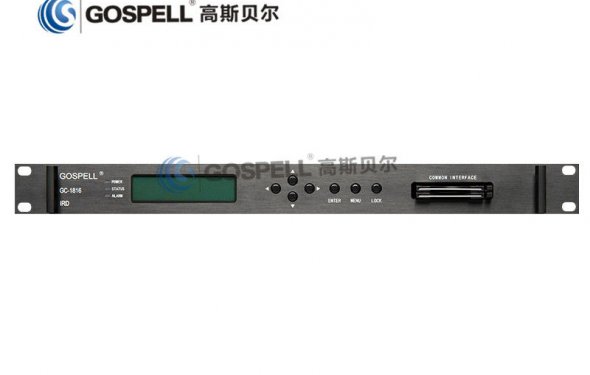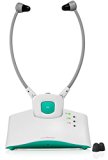Digital TV Systems

The specific situation with globally digital tv is significantly less complicated by comparison. Most up to date electronic tv methods derive from the MPEG-2 multiplexed data flow standard, and employ the MPEG-2 movie codec. They vary somewhat when you look at the details of how the MPEG stream is changed into a broadcast sign, inside video clip structure before encoding (or alternately, after decoding), plus the sound structure. This has maybe not prevented the development of a global standard that includes both major methods, and even though these are typically incompatible in almost every respect.
The 2 main electronic broadcasting systems tend to be ATSC, produced by the Advanced tv techniques Committee and followed as a regular in the us and Canada, and DVB-T, the igital ideo Broadcast Terrestrial system used in the majority of the remaining world. DVB-T was designed for format compatibility with current direct broadcast satellite solutions in European countries (designed to use the DVB-S standard), and there's also a DVB-C version for cable television. Even though the ATSC standard comes with help for satellite and cable systems, providers of these systems have chosen other technologies (principally DVB-S for satellite and DVB-C for cable). Japan makes use of a third system, closely linked to DVB-T, labeled as ISDB-T.
ATSC
The ATSC system makes use of a Zenith-developed modulation called 8-VSB; once the name implies, its a vestigial sideband technique. Basically, analogue VSB would be to regular amplitude modulation as 8-VSB would be to eight-way quadrature amplitude modulation. This technique had been chosen specifically to deliver for maximum spectral compatibility between existing analogue TV and brand new electronic stations in america' already-crowded television allocations system. After demodulation and error-correction, the 8-VSB modulation aids a digital data blast of about 19.2 Mbit/s, enough for just one high-definition movie stream or a few "standard-definition" services.
QAM
A QAM tuner is a computer device present in some electronic tvs and comparable devices which allows direct reception of electronic cable networks without the use of a set-top package. QAM represents "quadrature amplitude modulation, " the structure wherein digital cable networks tend to be encoded and sent via cable. QAM tuners could be likened toward cable same in principle as an ATSC tuner which is expected to receive over-the-air (OTA) digital networks transmitted by local television stations.
DVB-T
DVB-T uses coded orthogonal regularity unit multiplexing (COFDM), which uses up to 8000 separate carriers, each transmitting information at a relatively low-rate. This technique was made to provide superior resistance from multipath disturbance, and has now either system variations which allow data prices from 4 MBit/s around 24 MBit/s. One U.S. broadcaster, Sinclair Broadcasting, petitioned the Federal Communications Commission to permit the use of COFDM as opposed to 8-VSB, regarding concept this would enhance leads for electronic television reception by households without outdoors antennas (a majority inside U.S.), but this request was rejected. (However, one U.S. digital section, WNYE-DT in New York, ended up being briefly changed into COFDM modulation on a crisis basis for datacasting information to emergency solutions personnel in reduced Manhattan into the aftermath for the September 11 terrorist assaults.)
DVB-S
DVB-S could be the initial Digital Video Broadcasting forward mistake coding and modulation standard for satellite television and times from 1995. Its utilized via satellites offering every continent of the world, that is even true in united states. DVB-S is employed both in MCPC and SCPC settings for broadcast network nourishes, as well as for direct broadcast satellite solutions like Sky Digital (UK & Ireland) via Astra in Europe, Dish system into the U.S., and Bell ExpressVu in Canada. The transport stream delivered by DVB-S is required as MPEG-2.
DVB-C
DVB-C is short for Digital Video Broadcasting - Cable and it's also the DVB European consortium standard for the broadcast transmission of electronic television over cable. This technique transmits an MPEG-2 family digital audio/video stream, using a QAM modulation with channel coding.
ISDB
The ISDB system vary mainly in the modulations utilized, as a result of demands of different regularity groups. The 12 GHz band ISDB-S makes use of PSK modulation, 2.6 GHz band electronic sound broadcasting utilizes CDM and ISDB-T (in VHF and/or UHF band) makes use of COFDM with PSK/QAM. It really is mainly used in Japan.

|
Unisar Wireless Digital TV Audio Assisted Listening Device System TV Listener Dh1310 Speakers (Unisar)
|

|
Pyle 2.4GHz Digital Wireless Tv Headset Headphone System and Hearing Assistance - Hearing Amplifier - Works with All Tv's Speakers (Sound Around)
|